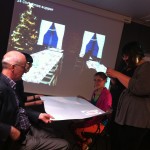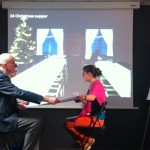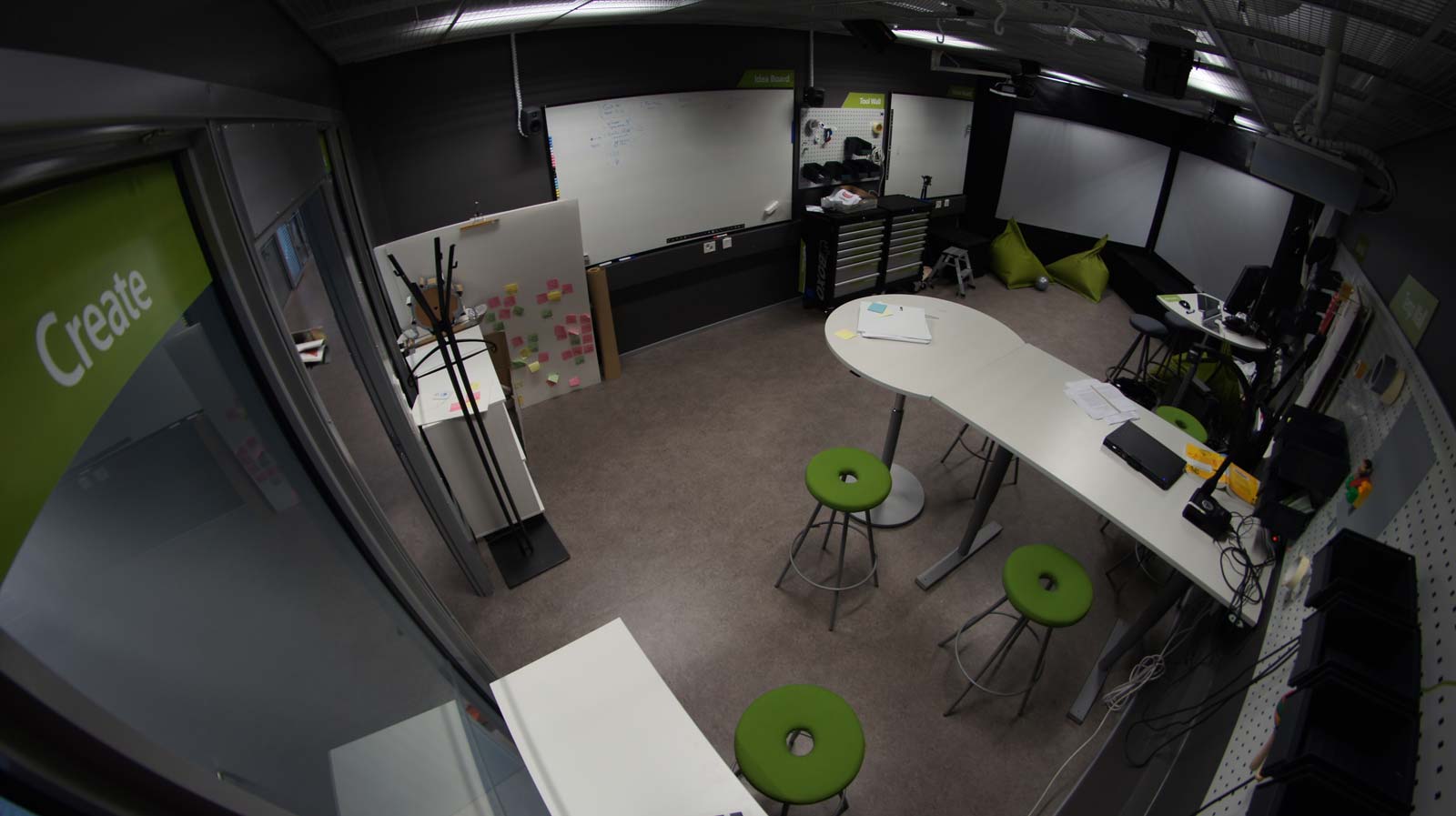06.19
ERRIN, the European Regions Research and Innovation Network, organized a two and half day long Design Days 2012 June 6th-8th in Brussels. Essi from SINCO had an opportunity to go there and facilitate a one and half hour workshop with “light” SINCO that was built in 30 minutes in one of the conference rooms. The aim of the Design Days was to put focus on regional initiatives, voices and activities that encompass design and societal changes.
Under the overall headline ”Design, Societal Challenges and Regional Dimension”, Design Days had also three smaller tracks: Industrial Design, Service Design and Design & Education. Design Days was interesting initiative to bring together all stakeholders of regional innovation policies and design. There were over 70 presentations and panel discussions touched many topics like: How is design included in regional policies, design educations ability to adapt to the real work environment and eco-design; new materials and new opportunities.
During Design Days it was nice to notice that everyone agreed design being one of the key factors by which we can solve societal challenges. Here are just few points from presentations that were interesting and maybe even little bit provocative:
- We should share best processes, not best practices
- We should change from profession logic to project logic
- We should not think design just as outcome but also as a tool
- Let’s talk about what design can do, not what it is
- As the role of designer is changing, we should define again what is designer, what designer can do and communicate it quickly to the world
- Could designers be policymakers?
SINCO workshop was on Thursday in Service Design track at the Catalan Region Office. The aim of the workshop was to introduce SINCO method – which is our regional innovation – to the participants and then discuss together how this kind of method could be used in public policies and services delivery. During the workshop participants were able to test “live” new fascinating one day service concept for British tourist families who come to visit Lapland and Ranua Zoo during Christmas season.
Participants took the roles of British family members: mum, dad and children and then empathized with the help of servicescape simulation and props their journey from London to Ranua Zoo. Participants had design tasks during prototyping like: What could happen in the airplane so that the family could feel welcomed to Finland. Participants also stopped prototyping when they wanted to add or remove moments, during prototyping we noticed for example that security control at the airport should be taken into account when designing the final service.
SINCO method – sounds, pictures, props and going through the customer journey moment by moment – was seen as very concrete and hands-on method to developing and communicating ideas. Participants thought that it could be used for example with citizens to do co-creation and to visualize and show what kind of processes, spaces or services there could be in the future. Prototyping was interesting to participants because it almost forced them to see the different perspectives of the service, especially the one of the user. SINCO was seen as a method that combines many things. One of the participants said next day: “I’m still thinking my workshop experience, it was something different and it is slowly starting to become more clear to me what kind of method it is and where I could use it. “




No Comment.
Add Your Comment